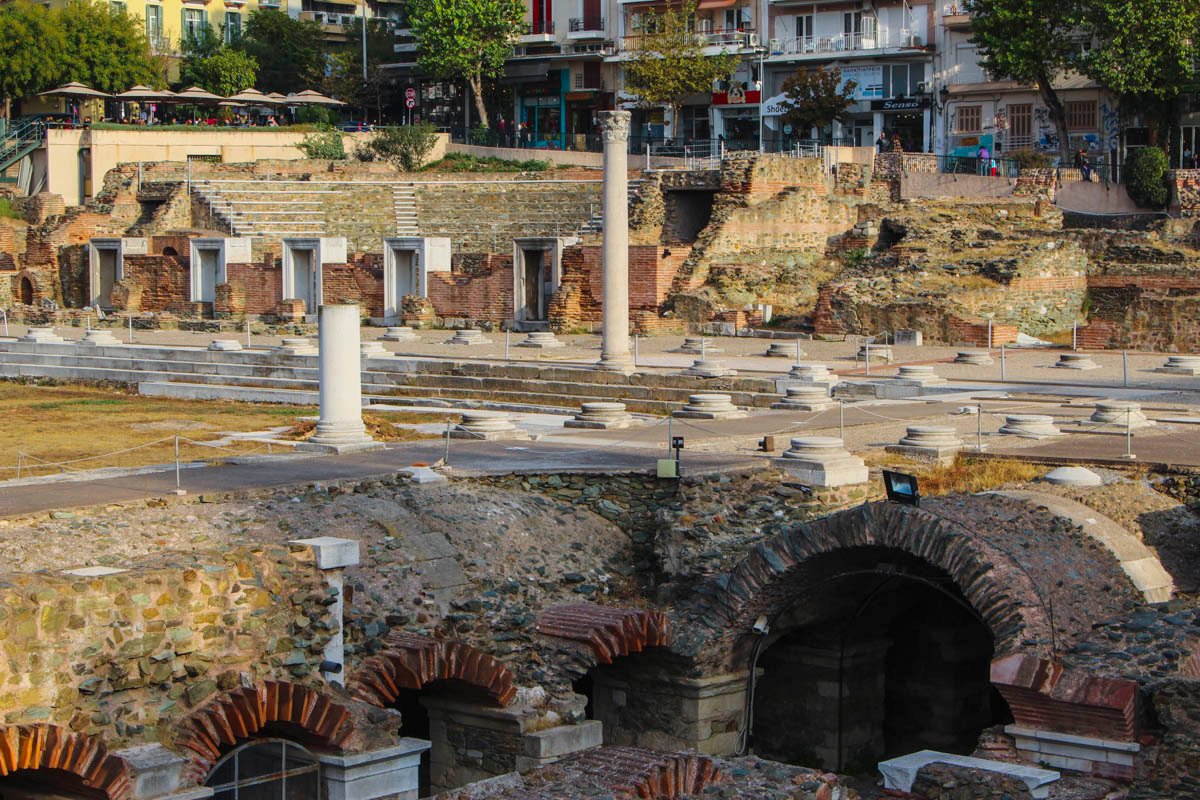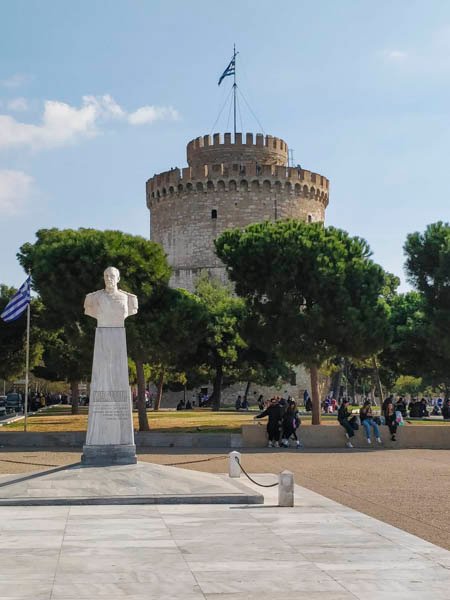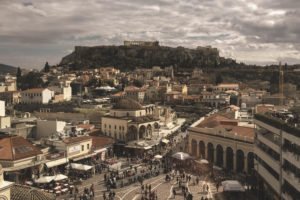Written by Vicky Efthymiadou
Born and bred of the city, it defines me more than anything. A friend and fellow postgraduate student used to say Thessaloniki should be my surname. My one and only true love to this day. The city that never ceases to fascinate me and I rediscover every time I step out of my door. Let me take you on a tour through the history of Thessaloniki. Pictures of this amazing city’s famous landmarks and buildings help tell the tale today.
Be prepared as this article might end up part of a series dedicated to the second largest city of Greece but second to none when it comes to life and briskness.
History of Thessaloniki & Sights
Since its foundation until today, Thessaloniki is at the center of developments; political, historical, religious and cultural. It would be a sterile quote to narrate a long timeline of the city, while the most extraordinary thing happens as one takes a stroll in the city and stumbles upon a whirlwind of centuries of history.

The city of Thessaloniki was founded by Kassandros, who named the city after his wife and Alexander the Great’s step-sister, Thessaloniki. Kassandros recognized the suitability of the location, an ideal port great for the new era of commerce. Surrounded by fertile plains (county of Thessaloniki) and not far from the Palace of Pella and Amfipolis. The proof of the success of the selection was that from its foundation until now it has not ceased to be a centre of commerce with multicultural influences.
Roman Era – History of Thessaloniki
During the Roman Empire the city develops and thrives. Gnaeus Egnatius was assigned governor of the Macedonia Province and began the construction of the eponymous Via Egnatia (it started from the east coast of the Adriatic Sea and reached as far as Byzantium, later named Constantinople), which crossed the city of Thessaloniki. Part of the road is today’s road Egnatia and drillings and excavations for the city metro have brought to light remains of the roman road.
Apostle Paul
Apostle Paul preached in Thessaloniki in 50AD first in the city’s Jewish synagogue, followed by gatherings of believers in homes and public places. The Jews of Thessaloniki, dissatisfied with the great response to the sermon of the Apostle Paul, reacted. The Apostle was persecuted from the city, but despite the reactions, many residents of the city embraced the ideas of Christianity and created the first Christian community.

Gaius Galerius
Gaius Galerius appointed Thessaloniki to administrative capital of the Empire Division commanding himself. He built an imperial palace, Rotonda, a racecourse, a triumphal arch and Roman Agora. When Diocletian Persecution against Christians began, by order of Galerius, Saint Demetrius was arrested and executed with a martyr’s death. Saint Demetrius is the patron saint of Thessaloniki and a majestic Basilica was built on the site of his martyrdom later.
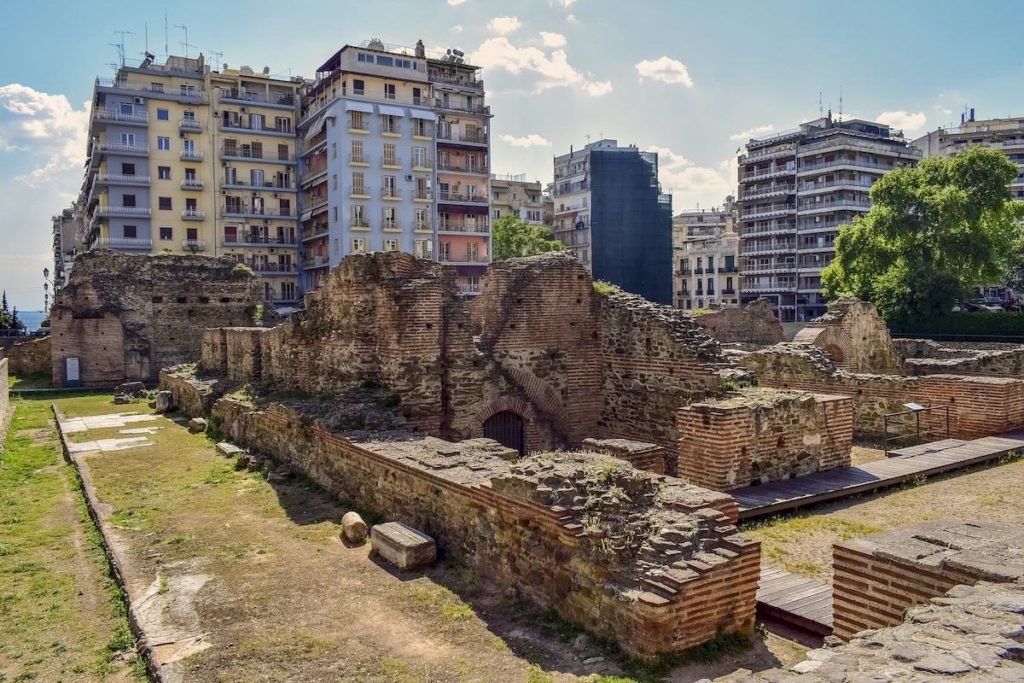


Byzantine Era – History of Thessaloniki
In Byzantine times, Thessaloniki had the title of “Coreigning city”. The appearance of the Slavs on the northern borders of the Empire resulted in many failed attempts from the Slavs to conquer the city. Cyril and Methodius, two brothers born in Thessaloniki joined the Byzantine plan for the Christianization of the Slavic people. The two brothers created the Slavic alphabet, translated texts into Old Slavic and created the first works of Slavic literature.

Highlight of the 1000 years of Byzantine Empire is the Macedonian Dynasty with great emperors such as Basil the 2nd, Nikeforos Fokas, Ioannis Tsimiskis (main streets of the city are named after them).
While the Empire was in decline, Thessaloniki was conquered by the Franks for a short period to be liberated again and finally to be enslaved after the fall of Constantinople by the Ottomans.
Ottoman Era – History of Thessaloniki
The population of the city was decimated. The Ottomans relocate Muslims to the city as well as Sephardi Jews who had been expelled from Spain (their language being Ladino, a mixture of Old Castillian and Hebrew). Gradually, three districts were created the muslim, the jewish and the Christian (the Greek community).
A smaller community consisting of European citizens (consuls, consulate staff and merchants) who have a significant role in the economic life of the city settle in the area known as Fragkomahalas (the Franks neighborhood). Many Christian churches were converted into mosques, including the church of Saint Demetrius.
Ottoman buildings
During the Ottoman occupation some Turkish baths were built in the city, Bezesteni, a covered closed market, Alatza Imaret, a poorhouse and the infamous prison, the Blood Tower known today as White Tower.
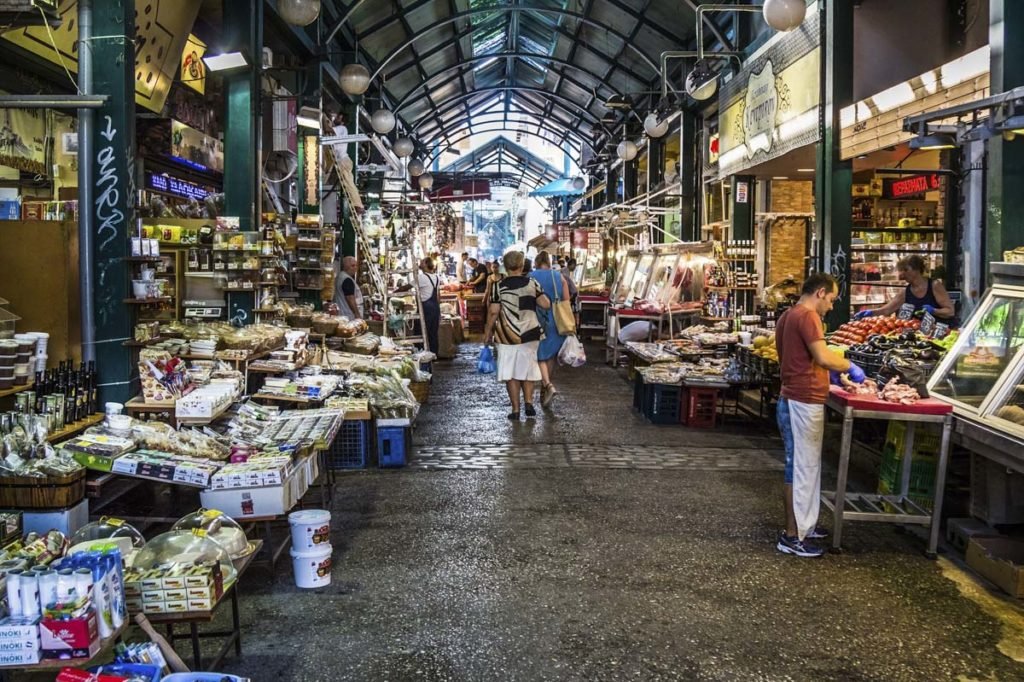
The Greek community, despite the adversities, managed to become more active in the late 19th century and thereafter, schools of higher education were opened, the first Greek newspapers began to circulate and the Europeanization of Thessaloniki began. The port and trade in Thessaloniki were flourishing. Τhe first holiday houses designed by Italian and French architects were built at the eastern part of the city owned by rich merchants and prominent residents.
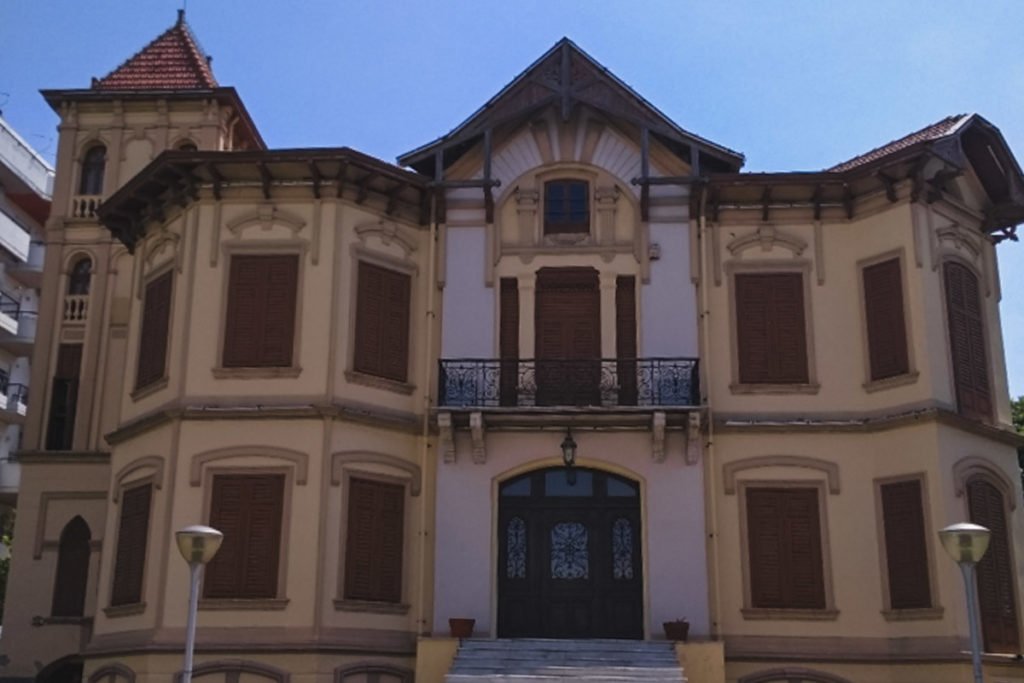
Modern Era – History of Thessaloniki
On October the 26th 1912 (Saint Demetrius Day) Thessaloniki was liberated by the Greek army. The Ottoman commander signed the surrender protocol and the city passed into Greek territory while the Bulgarian Army was before the city gates claiming the city.
World War I
World War I had begun in 1914, but Greece had maintained neutrality. However, Entente forces had landed troops in Thessaloniki in 1915 to support their Serb allies on the Macedonian Front. In 1916 the National Defense Movement broke out in Thessaloniki, which had formed a Provisional Government dividing Greece, but after the resignation of the King in July 1917 it was reunited and joined the Entente forces. Thessaloniki was soon transformed into a transit center for troops and supplies, filling the city with thousands of French and British soldiers and everything they needed.
The buildings of the old Catholic Monastery Lazaristes served as a military hospital and in close proximity to it became the Allied Cemetery of Zeitelnik, where 20,500 soldiers of Entente allies are buried.

In 1917 a fire broke out, which razed to the ground most of the city. Thousands of people were homeless and any economic, commercial function or administrative service was completely destroyed along with their archives. Yet, Thessaloniki rose like a phoenix from its own ashes. The Greek government assigned to the French architect Ernest Hébrard, the new road plan. Unfortunately, it was partially implemented, yet it managed to give a breath of a fresh, modern city.
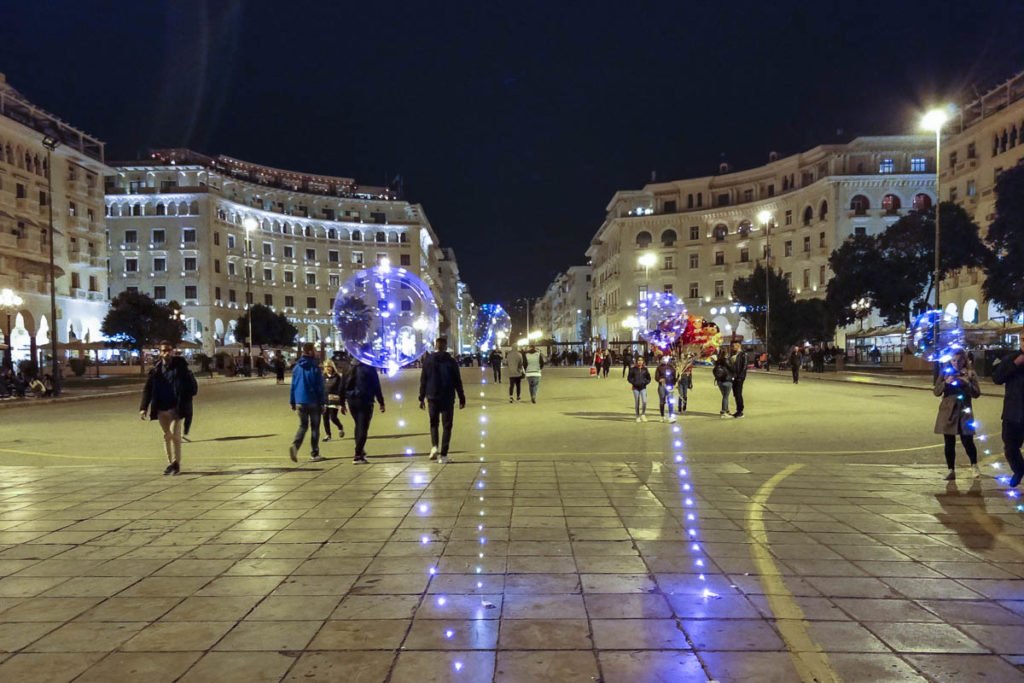
In the aftermath of WWI, the Greek-Turkish War (1919–1922) resulted in a population exchange between the two countries. 1,221,489 Greek Orthodox from Asia Minor, Eastern Thrace, the Pontic Alps and the Caucasus, and approximately 400,000 Muslims from Greece most of whom were forcibly made refugees and de jure denaturalized from their homelands. The population exchange was preceded by the Genocides (Armenian and Pontians) (1914-1919) committed by the newly founded Turkish state and some refugees had already fled to Greece. The influx of the refugees who settled in Thessaloniki influenced the city’s identity introducing new cultural elements.
World War II
In World War II the city was occupied by the Nazi forces. The Jewish community of the city was confined in a small area and their property was confiscated. Eventually, the entire Jewish population of the city was taken to the Nazi concentration camps. About 46,000 Jews from Thessaloniki were exterminated during that period.

